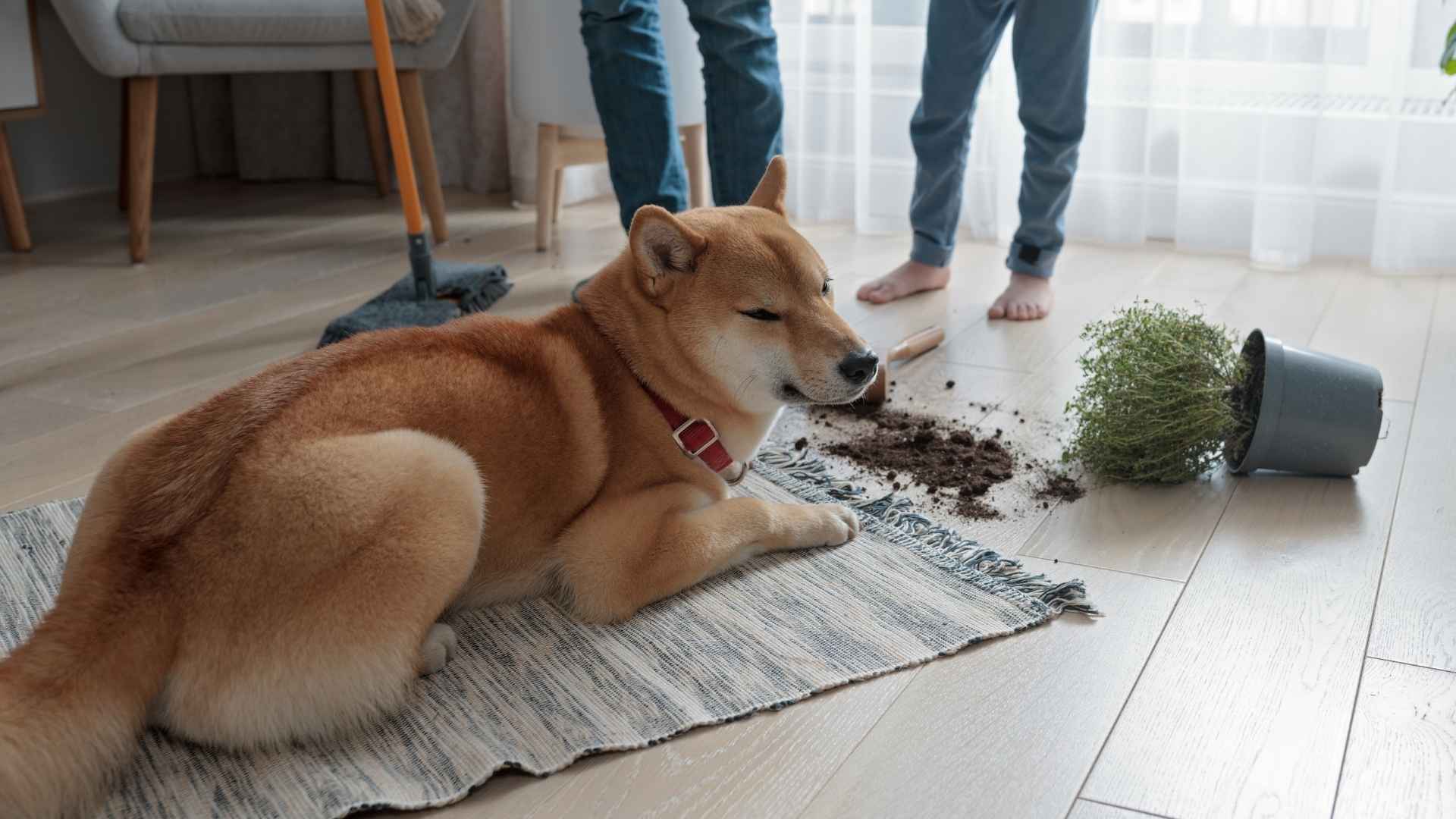Ever had a dog that seemed to have its agenda—chewing things you didn’t own, ignoring commands, or escaping at the first sniff of freedom?
According to a Forbes Advisor survey of 5,000 dog owners, roughly 44% said barking at others was the most frequent misbehavior, followed by 39% reporting their dog jumping on people, and one breed scored just 0 out of 100 for following commands. Some dogs are notoriously challenging, especially for owners expecting obedience and calmness.
Picture this: welcoming a furry friend home only to realize certain breeds march to their own beat—high energy, stubborn streaks, destructive behavior—unless properly trained and mentally stimulated. That disconnect between expectation and reality can test anyone’s patience, especially if the pup is prone to ignoring obedience, escaping, or chewing through a favorite shoe.
These behaviors aren’t born bad—they’re shaped. And when combined with boundless energy, independence, and distraction‑proneness, some dogs just demand more from their owners than others.
Worst Behaved Dog Breeds That’ll Test Your Patience
Here are the 7 dog breeds:
1. Shiba Inu
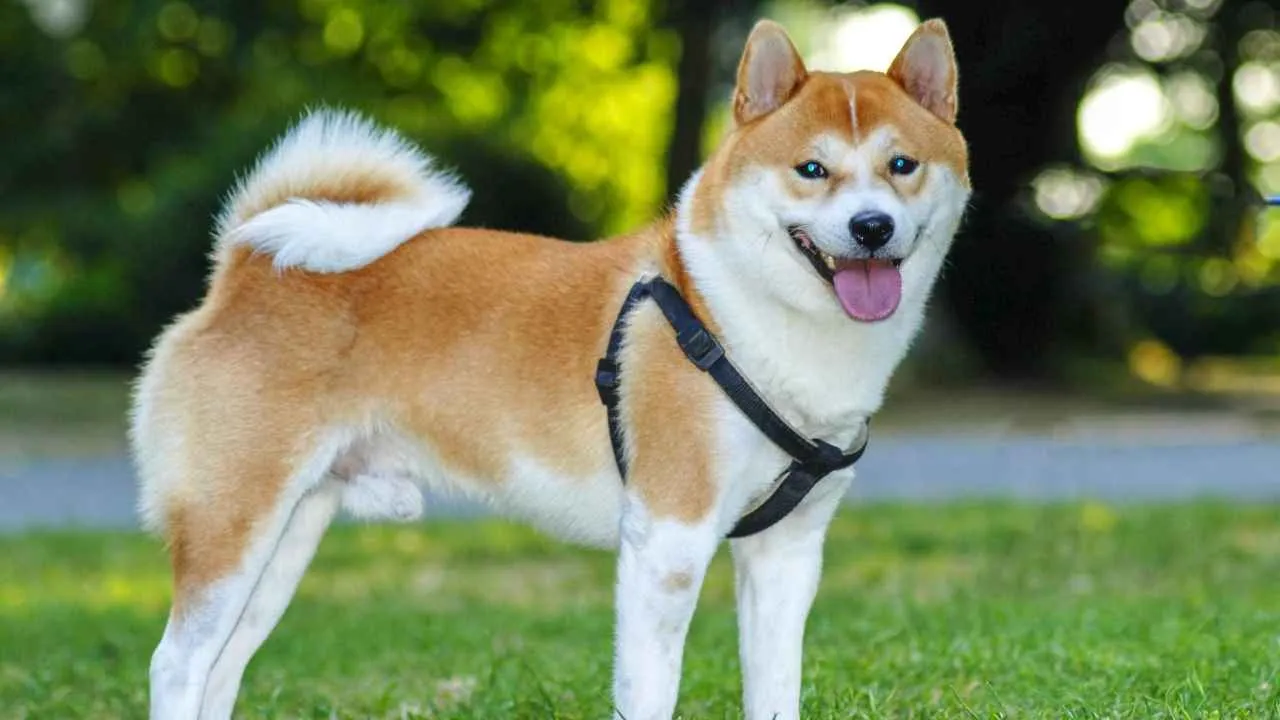
Size: Small to medium
Temperament: Bold, confident, aloof
Energy: Moderate to high
Training Difficulty: High, due to independence
Common Behavior Issues: Escaping, ignoring commands, resource guarding
The Shiba Inu is one of those dog breeds that can charm you with its looks, then challenge every ounce of your patience. With a stubborn streak that shows up in nearly every training session, this breed isn’t just independent—it’s notoriously hard to motivate.
Many dog owners struggle to manage their aloofness, especially if socialization doesn’t start at an early age. Left unchecked, their bold nature can easily veer into disobedience or even aggression, making them one of the hardest dogs to handle without firm guidance.
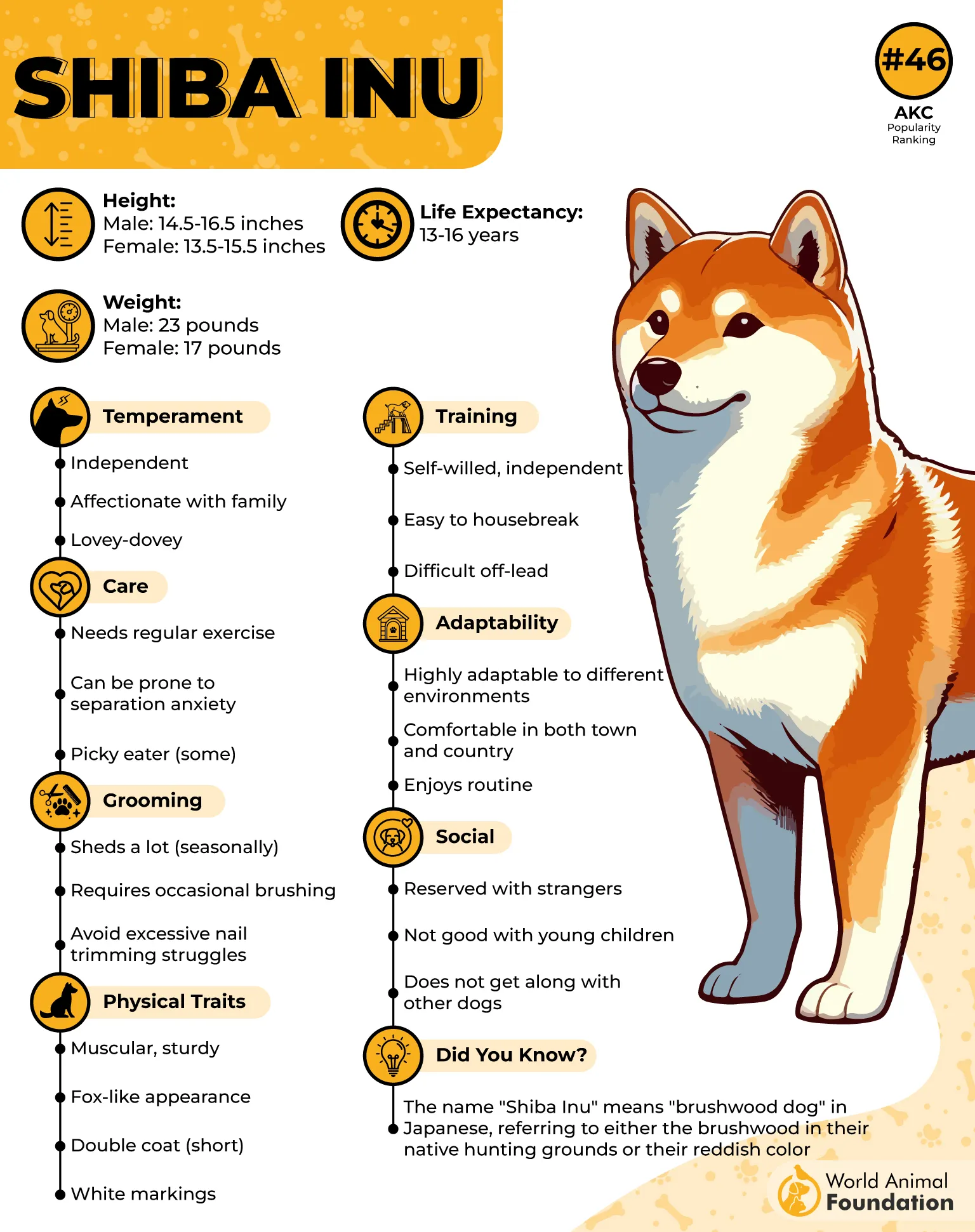
But here’s the flip side: Shibas are fiercely intelligent and incredibly self-possessed. According to the American Kennel Club (AKC), they were originally bred for hunting in the mountains of Japan. They’re alert, agile, and built with surprising muscle for their size.
Their fox-like appearance—marked by red or sesame coats, expressive eyes, and smooth, deliberate movement—gives them a wild elegance. Shibas tend to be independent thinkers, not followers, which means they do best with experienced owners who understand how to lead rather than plead.
2. Akita
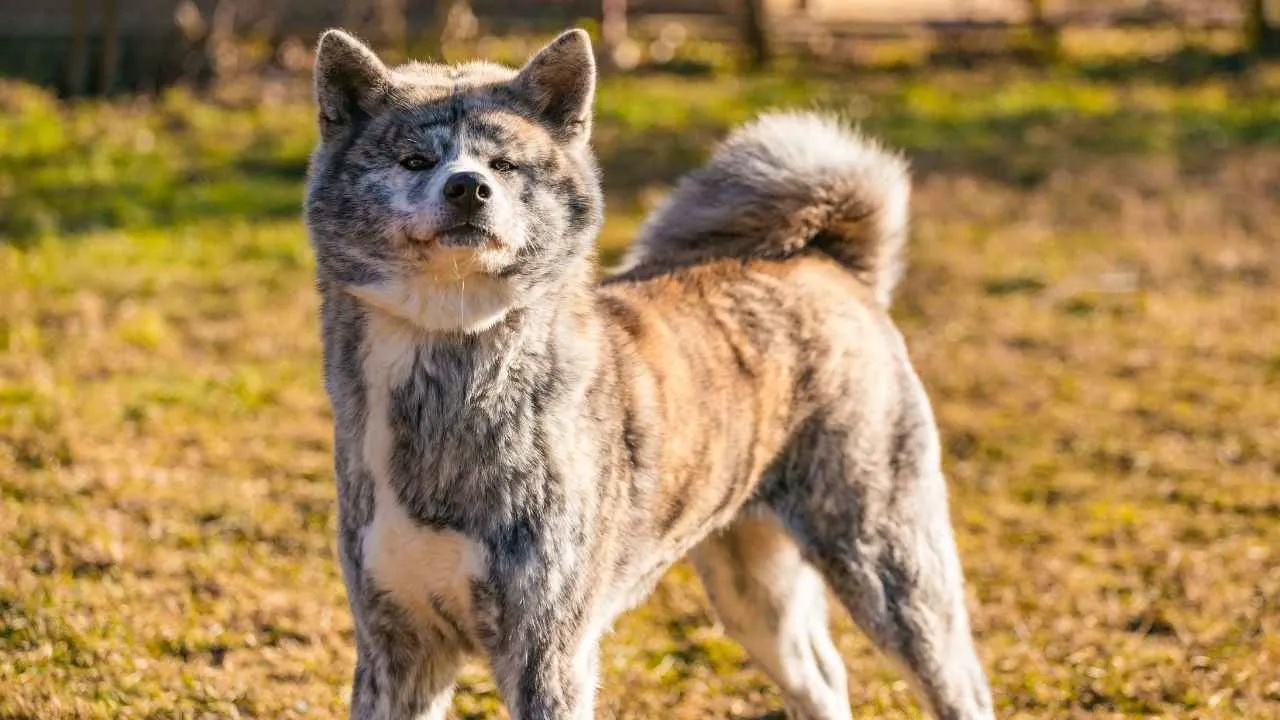
Size: Large
Temperament: Reserved, intense, protective
Energy: Moderate
Training Difficulty: High
Common Behavior Issues: Dog aggression, aloofness with strangers, dominance
The Akita is not your average pet. These are independent dogs with a quiet intensity that can be both intimidating and confusing for new owners. They’re not outwardly expressive, but make no mistake—they know their boundaries and expect you to know them too.
Without strict and consistent training from an early age, Akitas can quickly become territorial, defiant, and overprotective. They need owners who understand how to establish leadership, not coax cooperation.
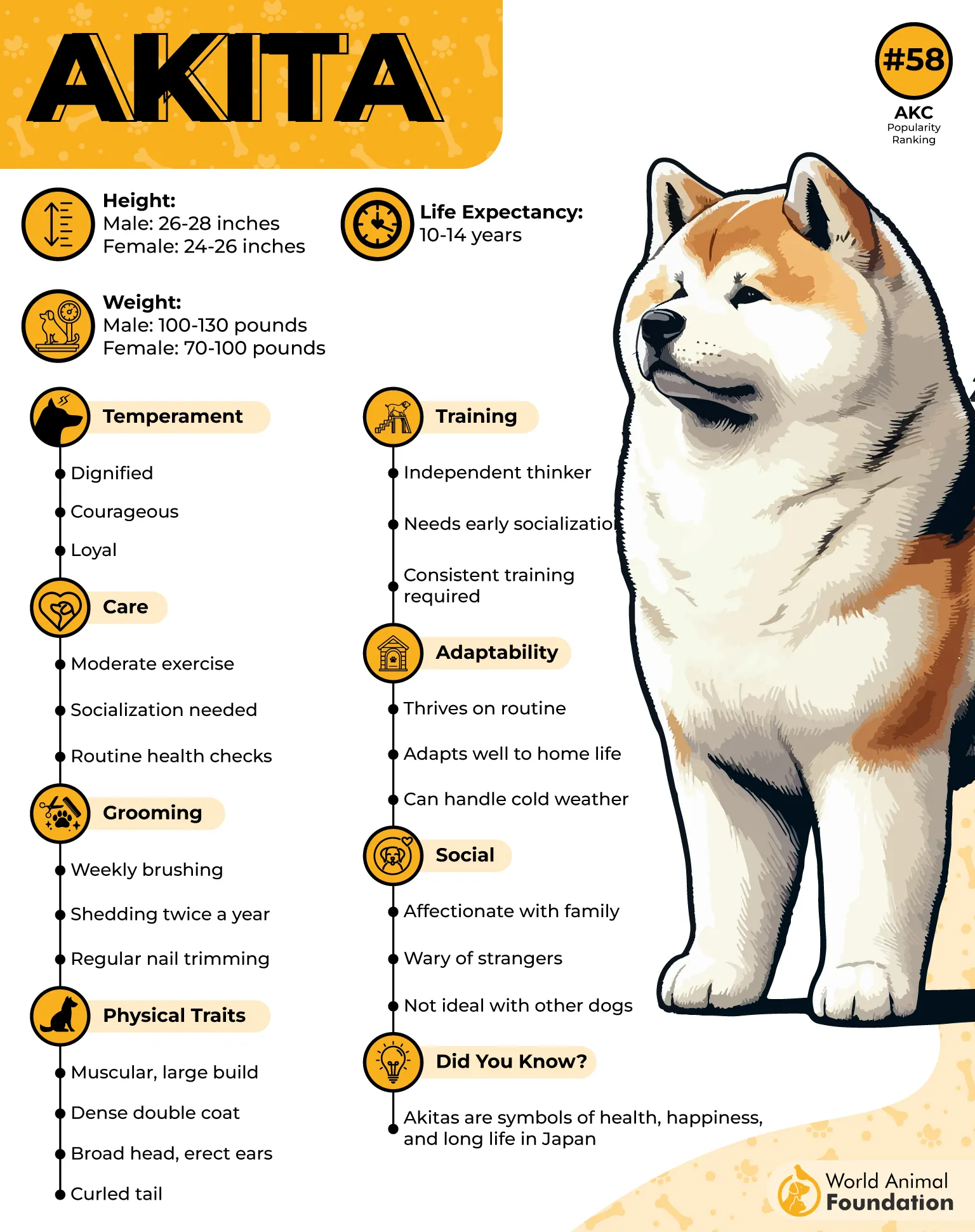
Despite being extremely stubborn, the Akita is deeply loyal once it bonds with a person. Originally bred for hunting large game in Japan’s rugged terrain, this breed was built for power and endurance.
Their plush double coat, curled tail, and strong build give them a regal, almost bear-like look. But beneath the surface is a strong-willed, emotionally reserved dog that thrives under firm guidance.
3. Chihuahua
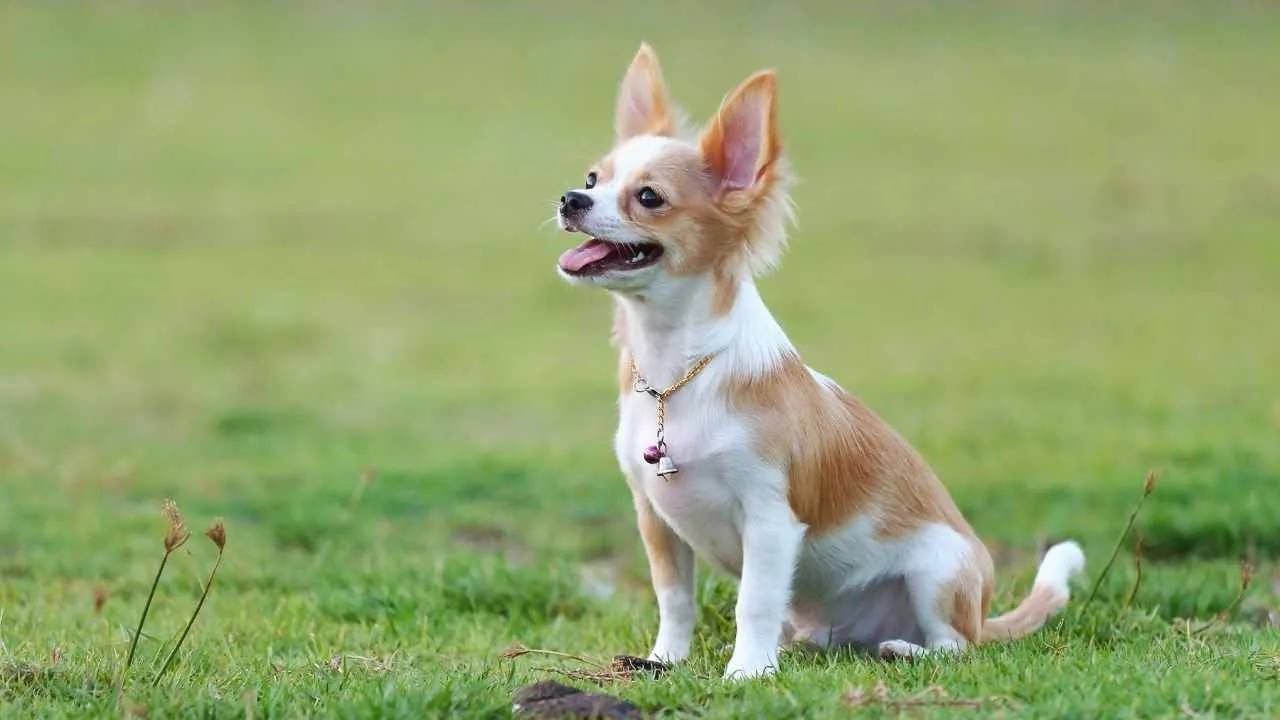
Size: Tiny
Temperament: Feisty, bold, alert
Energy: Low to moderate
Training Difficulty: Moderate, with behavioral challenges
Common Behavior Issues: Excessive barking, possessiveness, aggression toward strangers
Don’t let the size fool you—this little dog will test your patience in a big way. Chihuahuas are famously territorial and quick to sound the alarm, barking at animals, people, or even shadows. What makes them especially tricky is their mix of low physical energy and high emotional reactivity.
Unlike some breeds that act out due to excess energy, Chihuahuas misbehave out of defensiveness, fear, or straight-up sass. For most people, especially first-time owners, their bold attitude can be hard to manage, especially when they lash out or growl at unfamiliar guests.
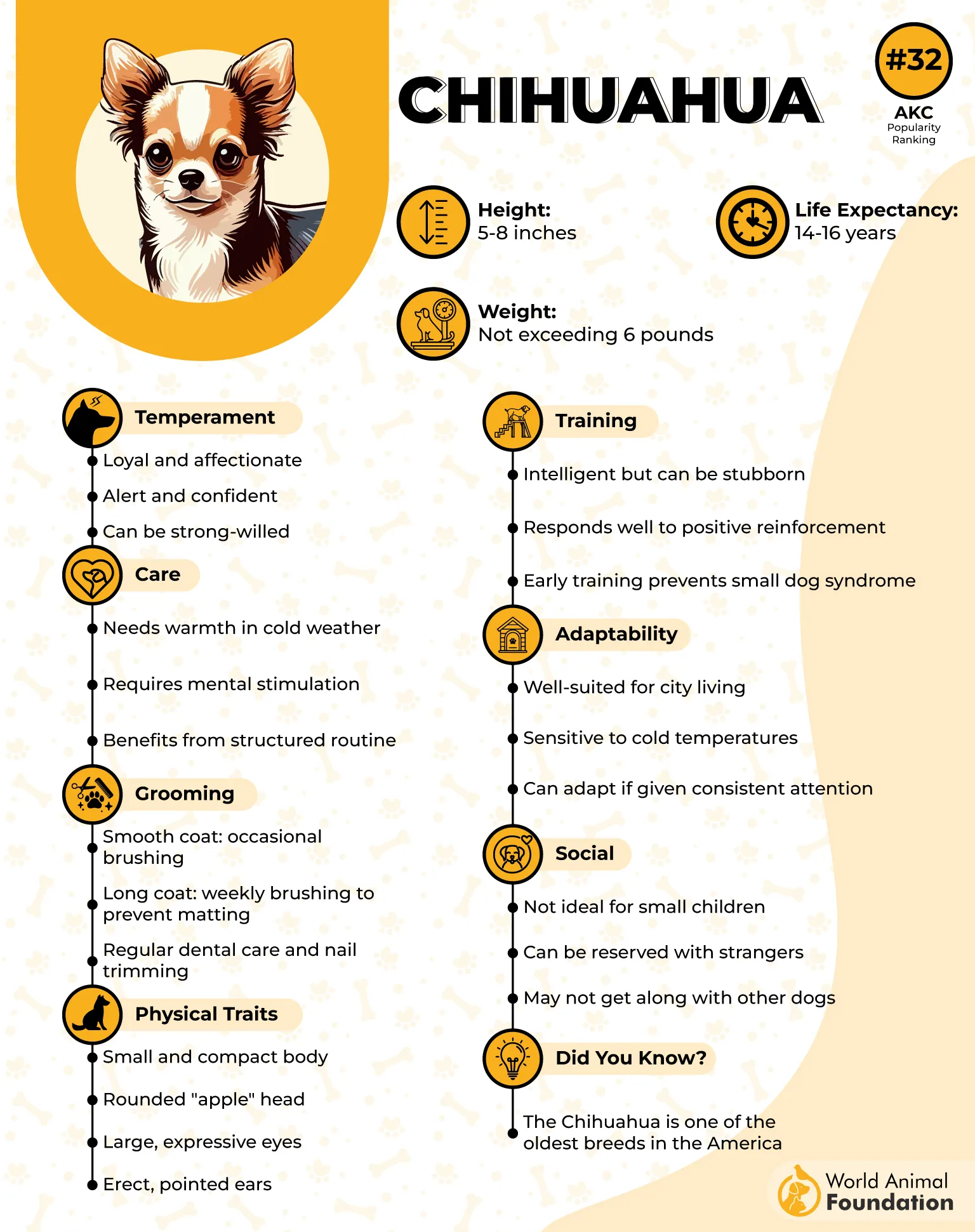
According to PDSA, they’re one of the few breeds that seem custom-built for couch cuddles—but that same clinginess can turn into jealousy or overprotectiveness. Originally bred as companion dogs in Mexico, they’ve always been people-focused.
Their tiny bodies and big personalities make them popular in small homes or apartments, but don’t mistake them for low-maintenance pets. With proper training and a gentle but firm approach, they can be sweet, sassy members of the family—just don’t expect them to get along with everyone.
4. Bulldog
Size: Medium
Temperament: Calm, stubborn, loyal
Energy: Low
Training Difficulty: High, due to refusal rather than inability
Common Behavior Issues: Ignoring commands, laziness, and selective hearing
The Bulldog brings a whole new meaning to the phrase “selective hearing.” Often more interested in a nap than a command, they’re notoriously difficult to motivate during training sessions—especially if the task doesn’t lead directly to food or affection.
Their stubbornness isn’t mean-spirited; it’s just deeply ingrained. Bulldogs don’t respond well to force, and their resistance to exercise can frustrate even experienced dog owners. If not kept mentally engaged, this breed tends to do exactly what it wants—and nothing more.
But don’t mistake low energy for low character. With their blocky build, signature underbite, and lumbering gait, Bulldogs are walking caricatures—and that’s part of their charm. According to Hills Pet, they were originally bred for bull-baiting; they still carry a certain tenacity beneath all that flopped-over skin.
While rarely aggressive, they are firm in their opinions and slow to change habits. They benefit most from gentle persistence and just enough mental stimulation to keep them alert without overwhelming their naturally chill temperament.
5. Shar Pei
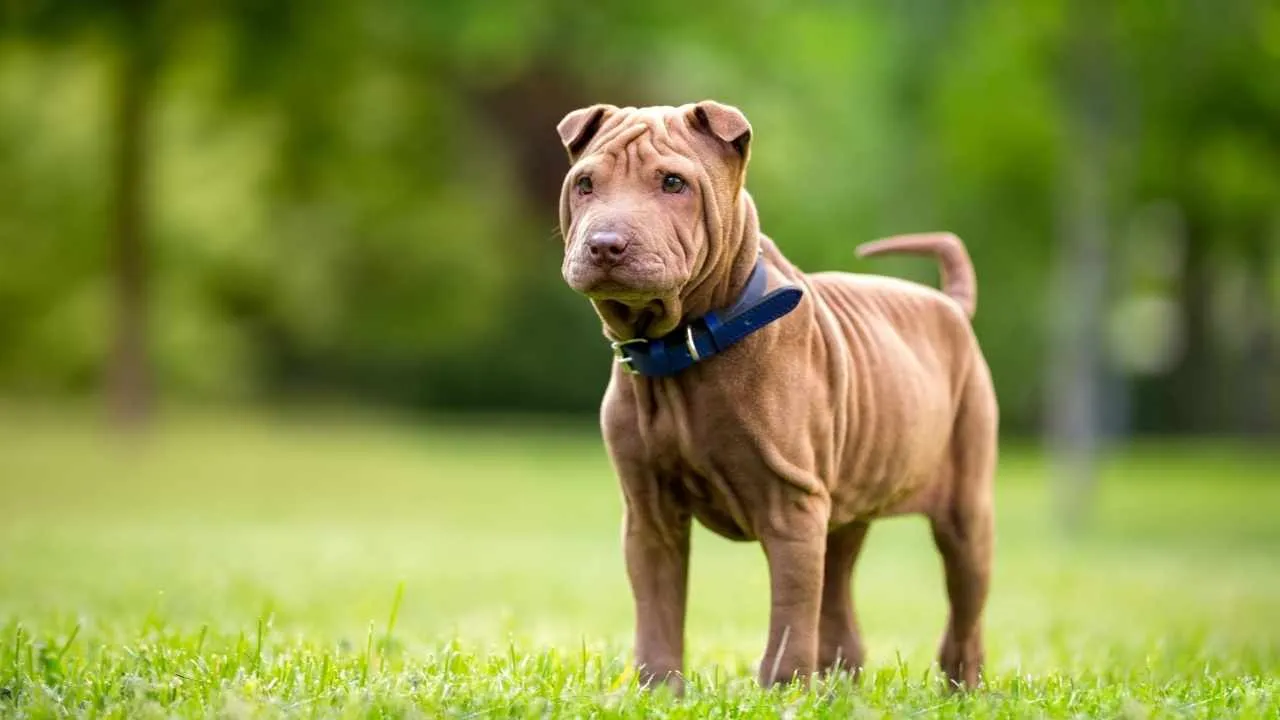
Size: Medium
Temperament: Reserved, calm, strong-willed
Energy: Low to moderate
Training Difficulty: Moderate to high
Common Behavior Issues: Aloofness, stubbornness, reactivity to strangers
With its trademark wrinkles and aloof expression, the Chinese Shar-Pei might look like a chill couch potato, but don’t be fooled. This breed has a strong independent streak and can be one of the more difficult dogs to train without firm, consistent direction. While not outwardly defiant, the Shar-Pei tends to resist commands that don’t make sense to them.
Without early exposure to new people, pets, and situations, they may respond with defensive behavior, rooted in fear or uncertainty. And while they were once bred as a guard dog, modern Shar-Peis still carry that protective instinct, which can complicate socialization if not handled early.
Underneath that stoic shell, though, is a dog that forms powerful attachments. Shar-Peis are known to be extremely loyal to their caregivers, often bonding deeply with one or two people. Originally bred in ancient China for both guarding and hunting.
They’re intuitive, emotionally intelligent, and often quieter than other breeds. However, they do come with potential health concerns, particularly related to their skin folds and eye structure. Routine grooming and veterinary care are essential.
6. Beagle
Size: Small to medium
Temperament: Cheerful, curious, independent
Energy: High
Training Difficulty: Moderate to high
Common Behavior Issues: Ignoring recall, digging, and howling
Beagles are the definition of lovable troublemakers. Their happy-go-lucky attitude and constant tail-wagging make them seem easygoing, but they’re not pushovers when it comes to training. Originally bred to trail scents through the countryside, they still operate nose-first, often tuning out everything else, including your commands.
Their independence isn’t defiance—it’s instinct. But without clear boundaries and mental engagement, that drive can lead to frustrating behaviors like darting off mid-walk or ignoring you when it matters most.
Still, there’s no denying their charm. Beagles have expressive eyes, long velvety ears, and a cute personality that draws people in. Originally bred for hare hunting, they’re built for endurance and driven by scent, which means they need plenty of physical activity and brainwork to stay balanced.
Their intelligence is often underestimated—they’re masters of problem solving, especially if food is involved. Beagles thrive with active owners who see training as a game, not a chore. They’re loyal, playful, and full of personality—just don’t expect them to follow orders without questioning your motives first.
7. Siberian husky
Size: Medium to large
Temperament: Outgoing, mischievous, vocal
Energy: Very high
Training Difficulty: High
Common Behavior Issues: Escaping, howling, disobedience
The Siberian Husky is one of the most notoriously headstrong breeds out there. They’re athletic, clever, and often way too smart for their own good. Training a Husky takes more than consistency—it takes creativity, authority, and patience.
These dogs are born runners, bred to pull sleds across long distances, and that high energy doesn’t shut off when they’re inside the house. Without proper outlets, Huskies can develop serious destructive behavior, from chewing through doors to digging straight under fences. They’re not just defiant—they’re determined.
What makes Huskies even more of a handful is their personality. They’re pack-driven dogs who need social connection but often prefer doing their own thing. Originally bred by the Chukchi people in Siberia for endurance and teamwork, Huskies are built for the long haul, but they’ll test every boundary if they feel understimulated.
Their expressive vocalizations and love for freedom make them entertaining but challenging companions. To prevent boredom, they require constant activity, mental tasks, and supervision. Without it, they’ll find their fun—usually in a way that leaves owners with a mess to clean up.
Conclusion
There’s no such thing as bad dogs, only misunderstood ones. While many breeds come with built-in quirks that can frustrate even seasoned owners, those behaviors often come from traits like independence, prey drive, or emotional sensitivity, not malice. In fact, some of the most highly intelligent breeds are also the most headstrong, precisely because they think for themselves.
Whether you’re dealing with larger dogs that need structure or small pups that are easily distracted, it all comes down to knowing what you’re getting into and preparing for it. Choosing a breed should never be about looks alone—it should also reflect your lifestyle, patience level, and commitment to training and long-term care.
With the right environment, socialization, and attention to their overall health, even the most stubborn dogs can thrive. The challenge is real—but so is the reward.


